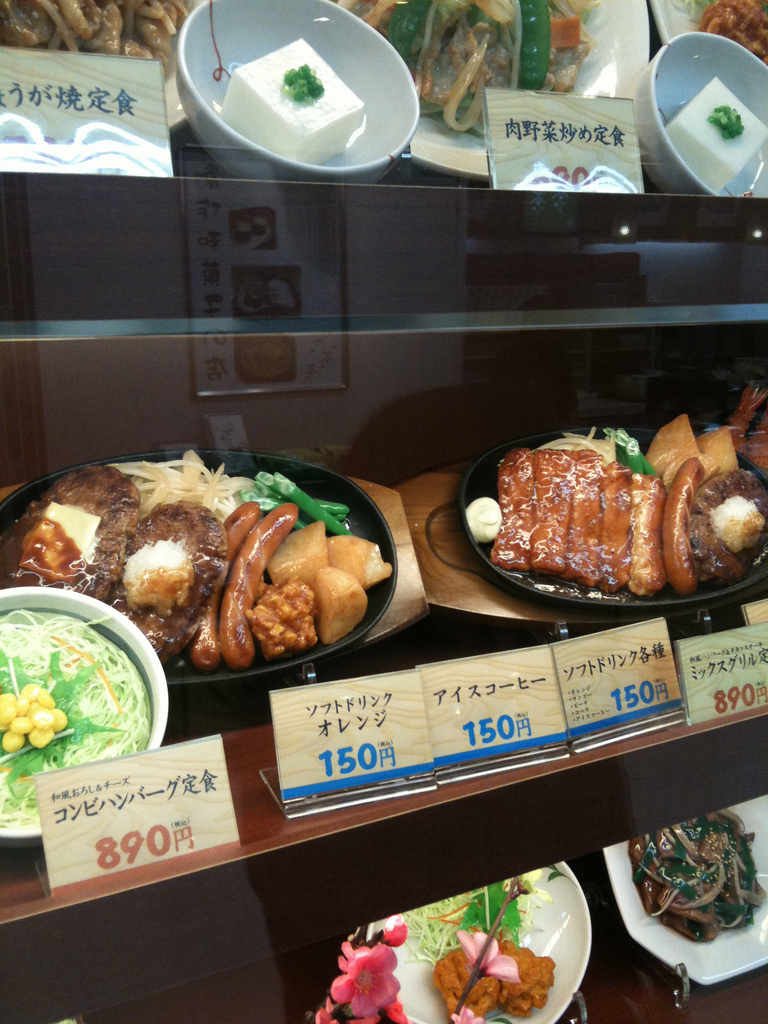Dec 20, 2018
What’s the Deal with Sampuru?

If you’ve spent any time in Japan, you will have seen the tantalizing array of food in the restaurant windows. This is sampuru, which means a sample, and it’s replica food. Sampuru has existed for almost a century, over which time it has evolved to become an art form.
The Origins of Sampuru
Sampuru began as a way to show customers what dishes restaurants had on offer. The first was made back in 1917 and was a rice omelet. Sampuru then became commonplace in the 1930s. At this time, menus were still uncommon and color photos an impossibility.
Originally, sampuru was made of wax. However, this material was brittle and susceptible to fading or melting in the sunlight. For this reason, artists switched to plastic, resin, and vinyl in the 1970s.
By the time menus became mainstream, patrons were already accustomed to seeing sampuru when they visited a restaurant. Plus, it adds another dimension to the experience. Rather than just selecting a dish according to its name and description, sampuru allows consumers to visualize what their meal will look like.
How Sampuru Is Made
Although it would be much easier to manufacture sampuru with machines, the food replicas are still all made by hand. This is because dishes must look as much like the real thing as possible. Only by handcrafting each piece is it possible to achieve such high quality.
Artists work by looking at photos or using dishes sent by the restaurant. They strive to reflect the taste and temperature in their pieces. This painstaking process means that sampuru costs much more than actual food. On average, it costs around ten times as much, but it can be even more.
The exact method used to make sampuru depends on the food. In some cases, it is possible to create a silicon mold out of real food. Then, once the silicon has set, the crafter fills the mold with liquid plastic. Finally, the artist uses paintbrushes and airbrushes to color the food and give it realistic toning.
In other cases, this method is unsuitable. A better option is to create sampuru in the same way as chefs would prepare actual food. For instance, artists make soba out of a powder and water mix that is run through a noodle-making machine. Tempura is made with actual oil and sauces with real spices — both for the color and the smell.
It can take craftsmen many days to complete a piece, especially when the dish has many details. Fresh fish is particularly challenging — it takes up to two weeks to complete.
Sampuru Today
Sampuru today is available in far more places than restaurant windows. People buy sampuru of their favorite foods in the form of magnets, keychains, phone cases, and flash drives. One such online establishment is Fake Food Japan.
As well as being an interesting aspect of Japanese culture, sampuru is extremely useful for non-natives visiting restaurants. If your understanding of kanji is limited (or perhaps non-existent), sampuru will show you exactly what you’re going to get with a meal. This avoids the risk of ordering something you won’t enjoy and removes the difficulty of communicating with a waiter about your preferences.
Ph0kin [CC BY-SA 3.0], from Wikimedia Commons


About the author